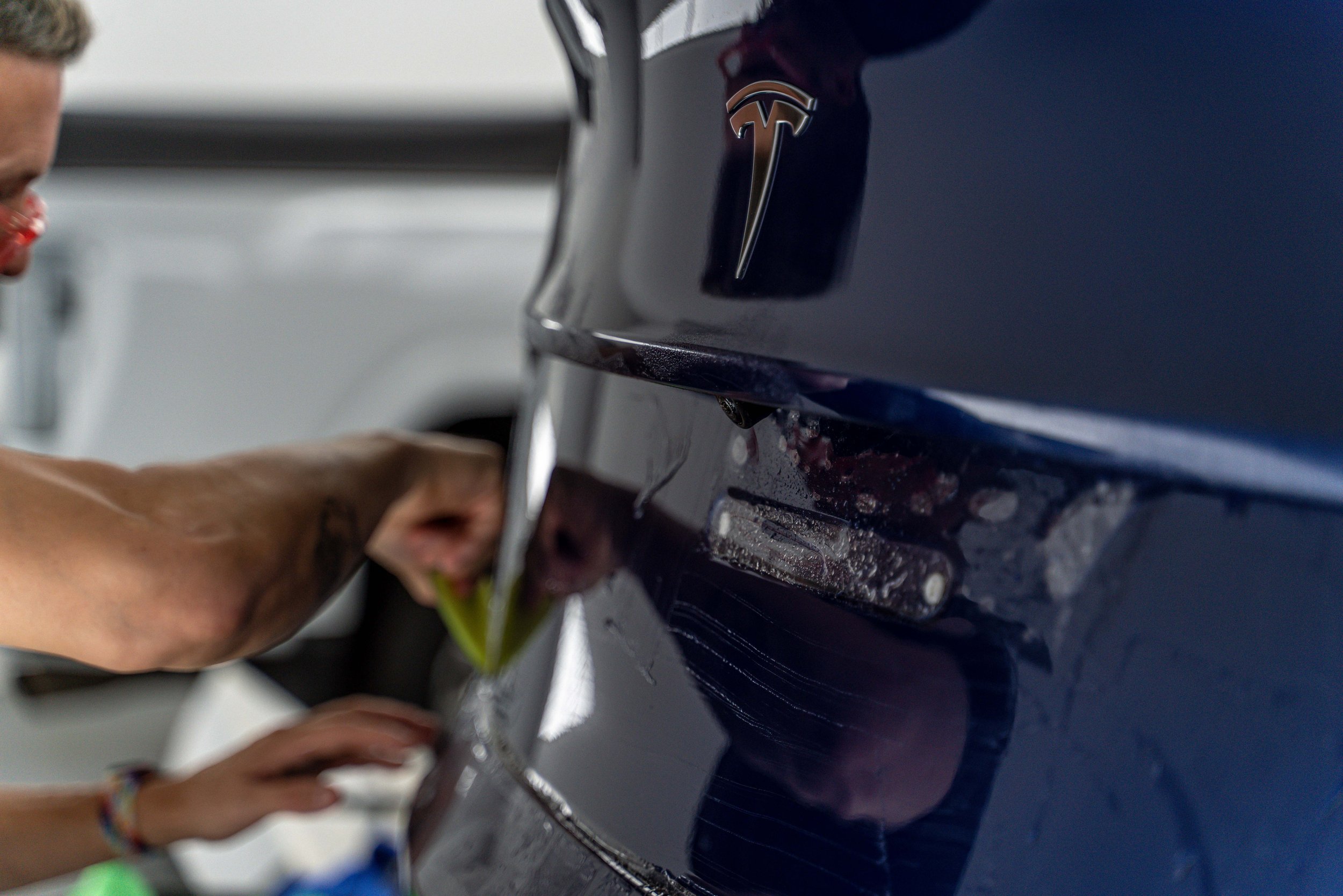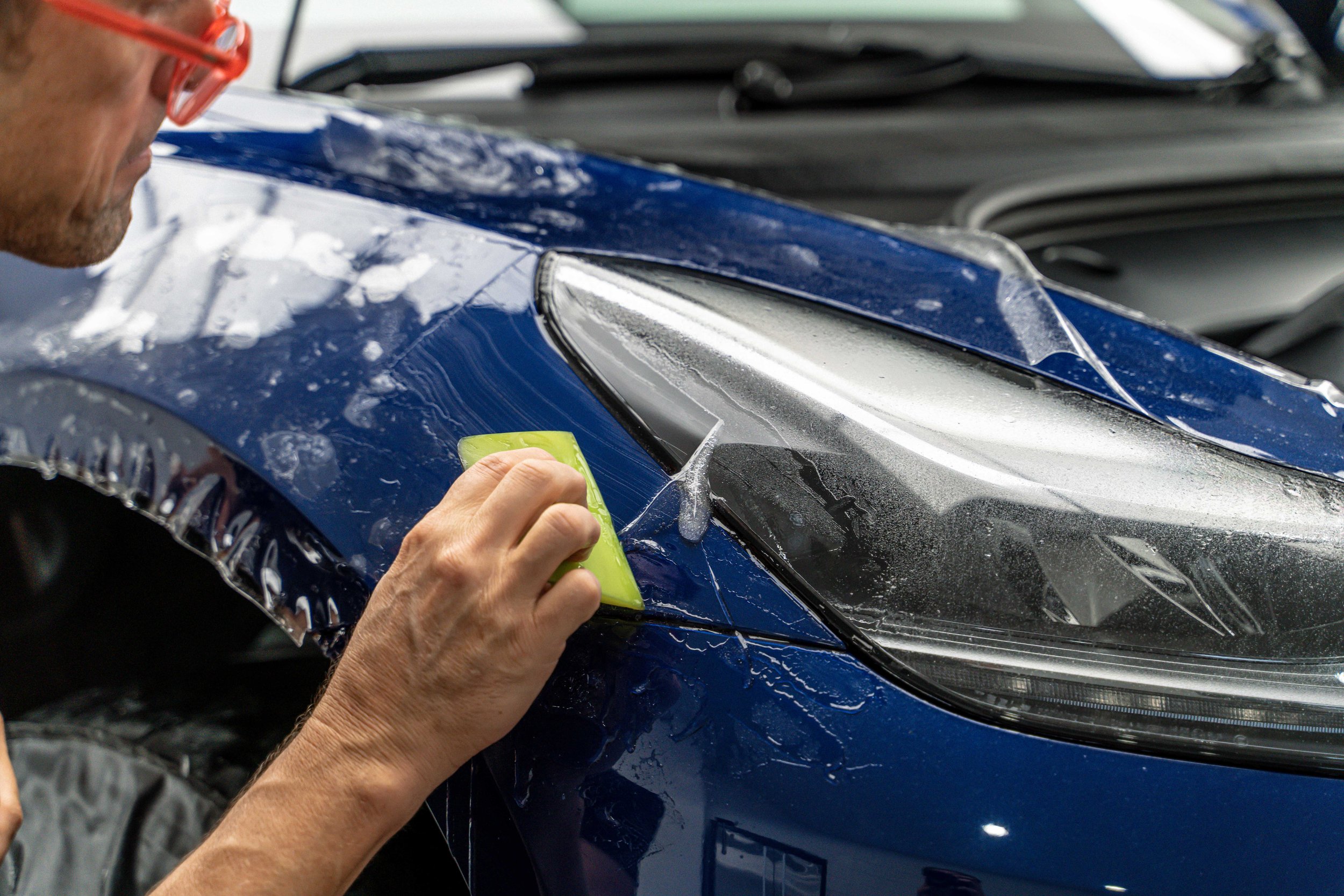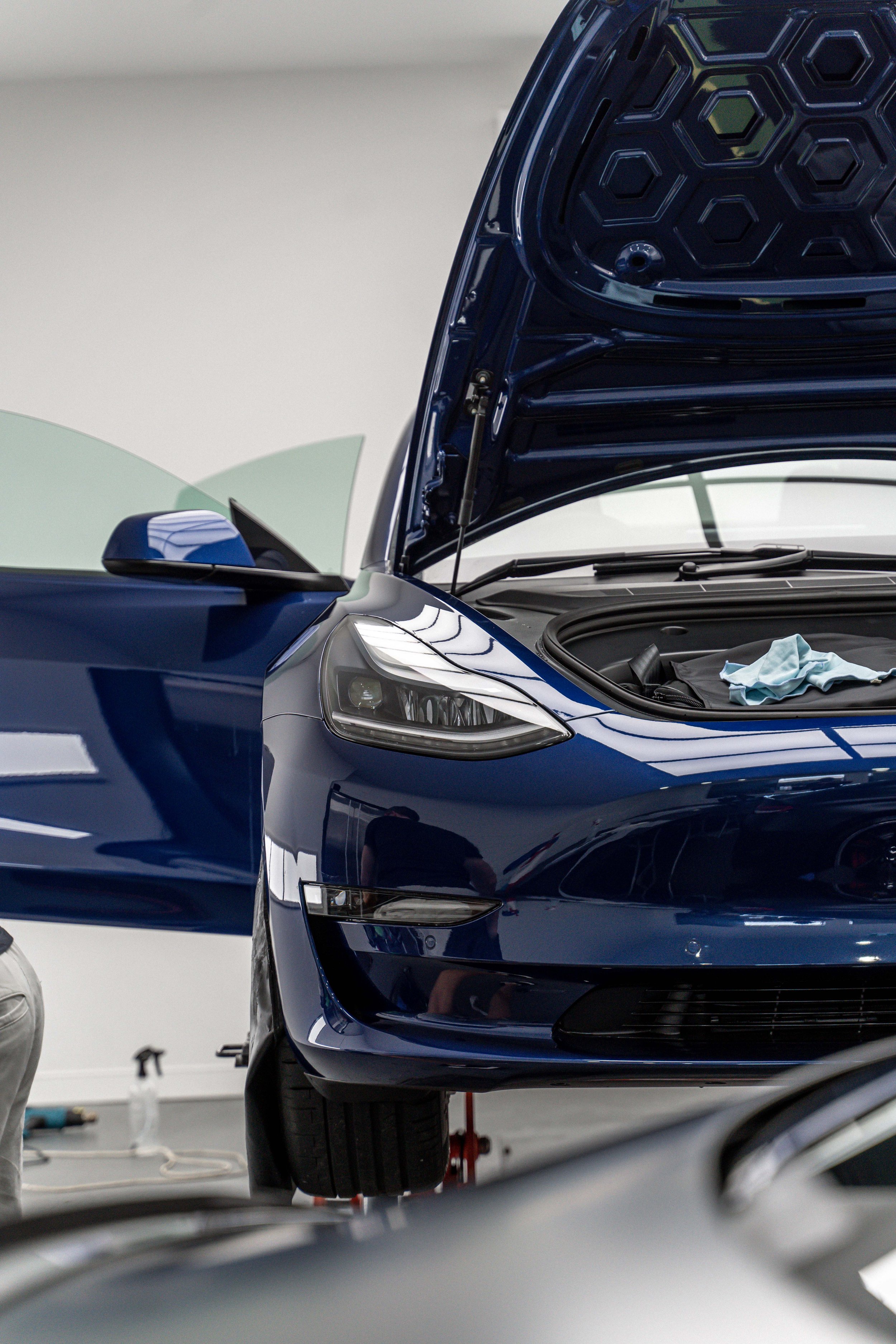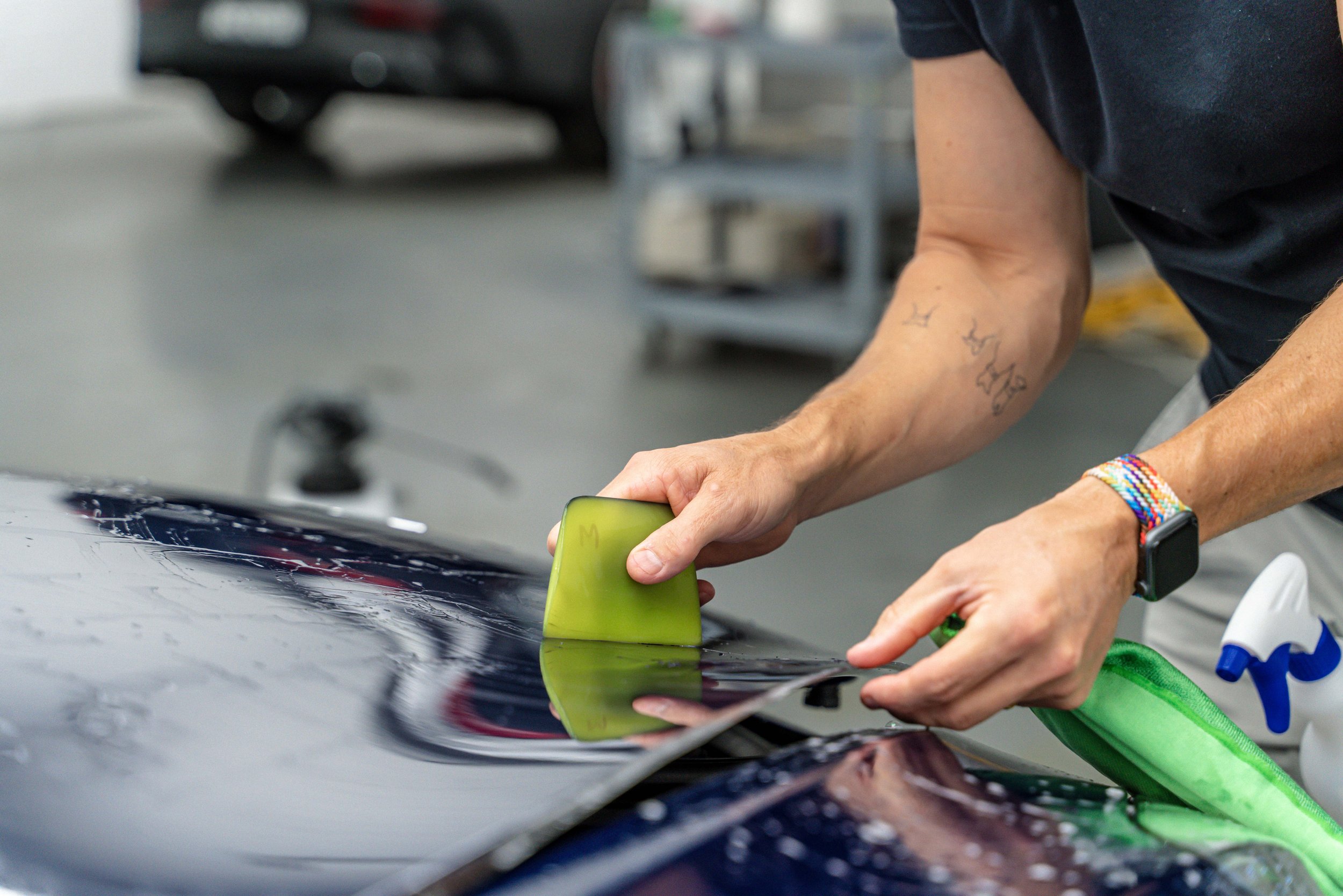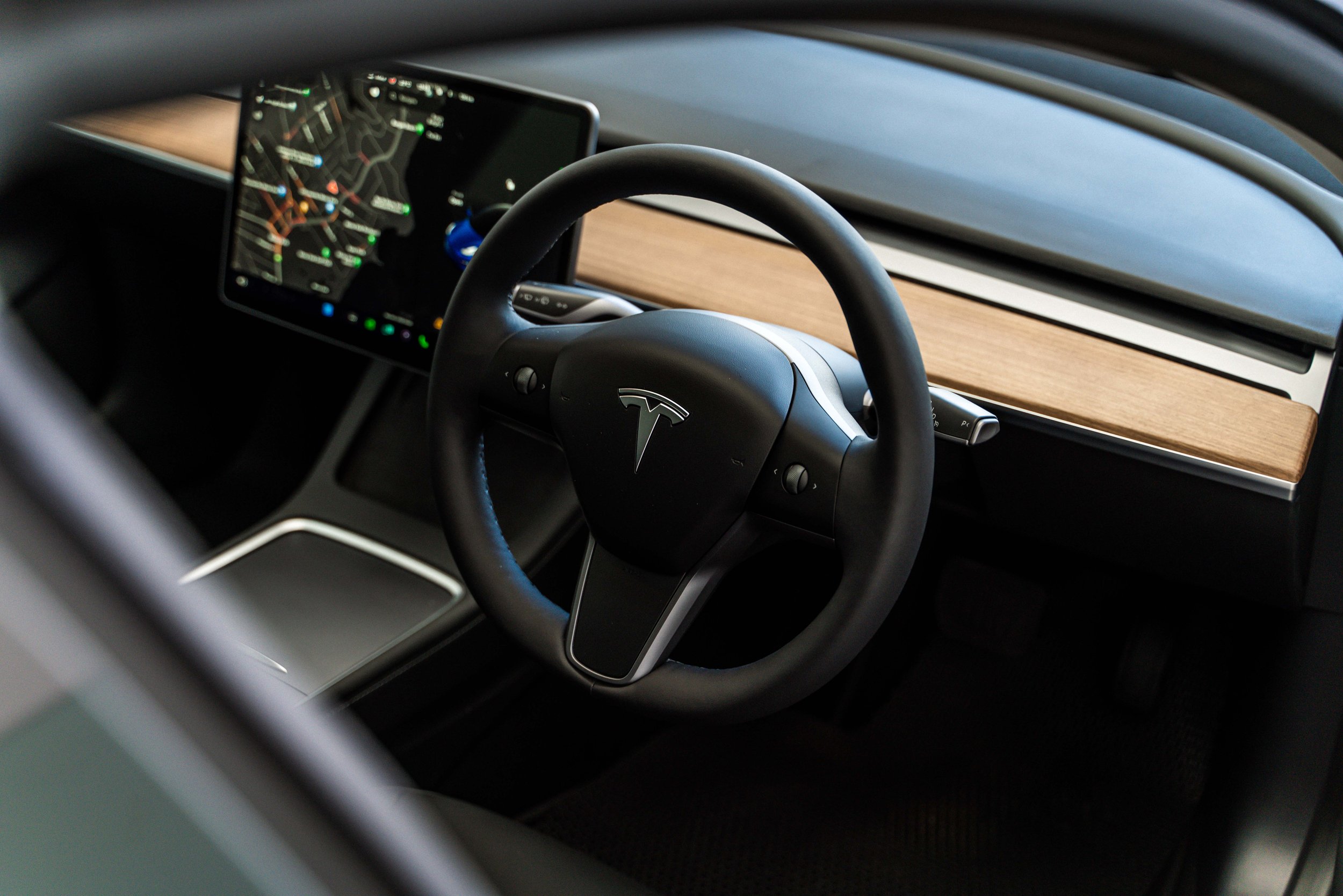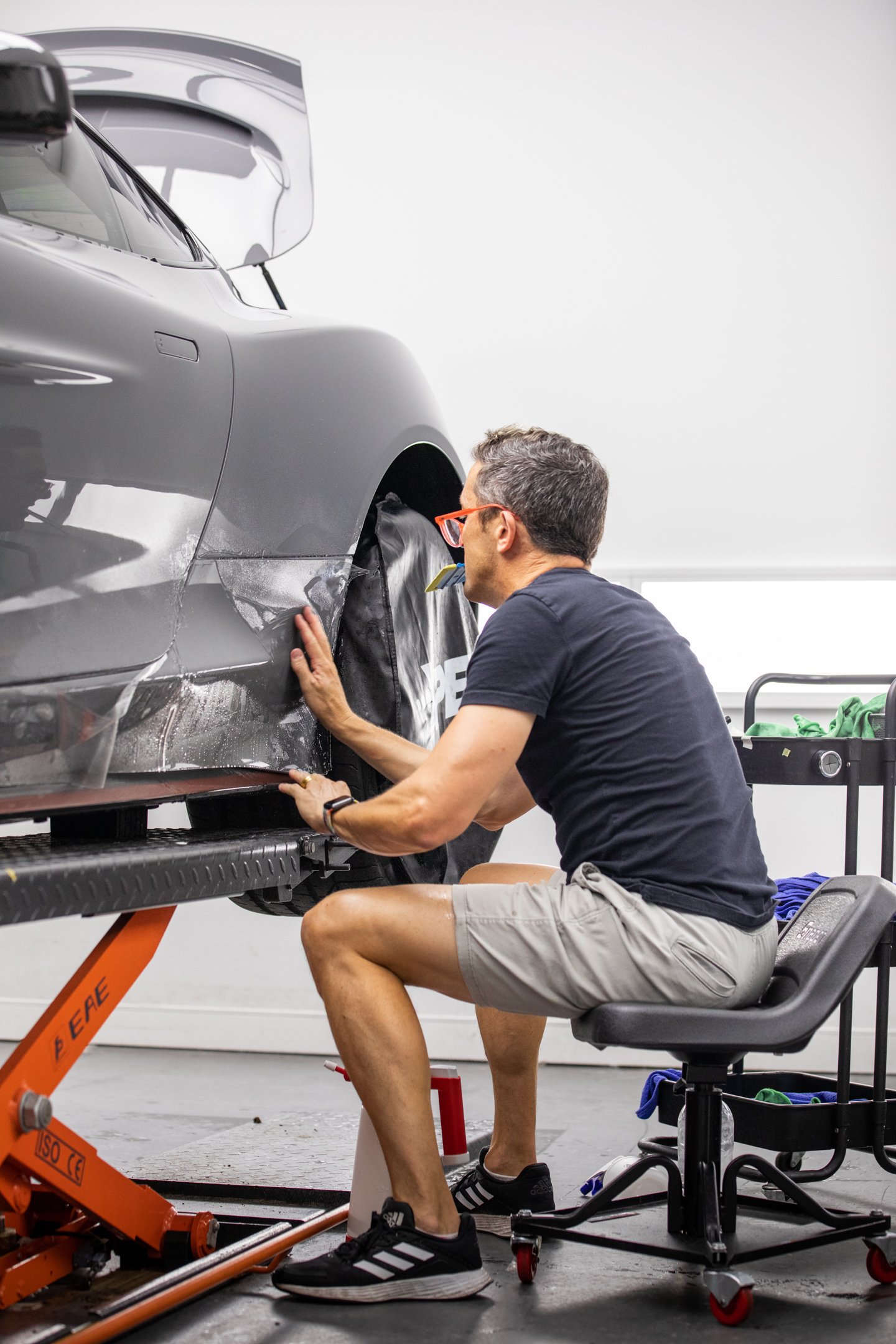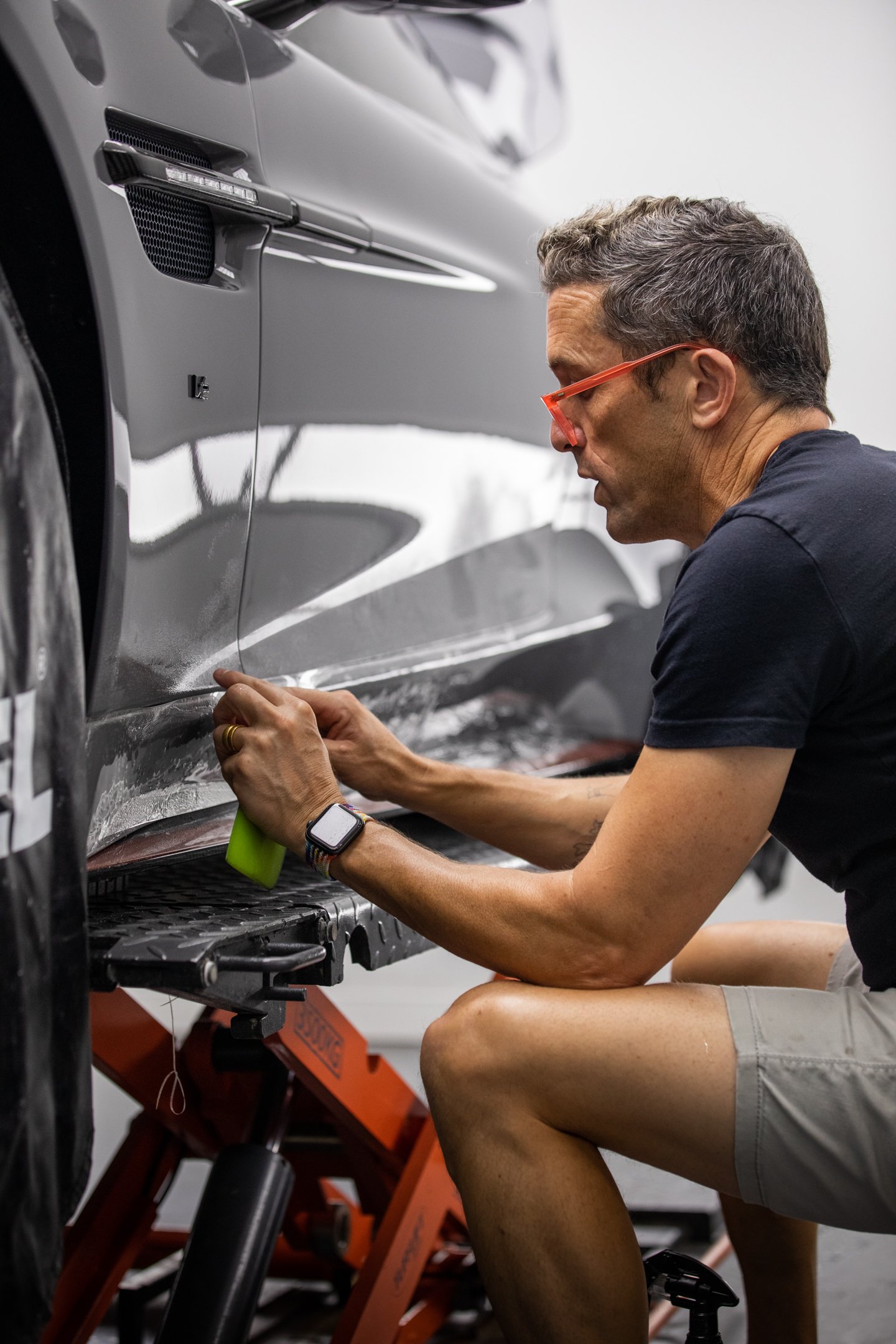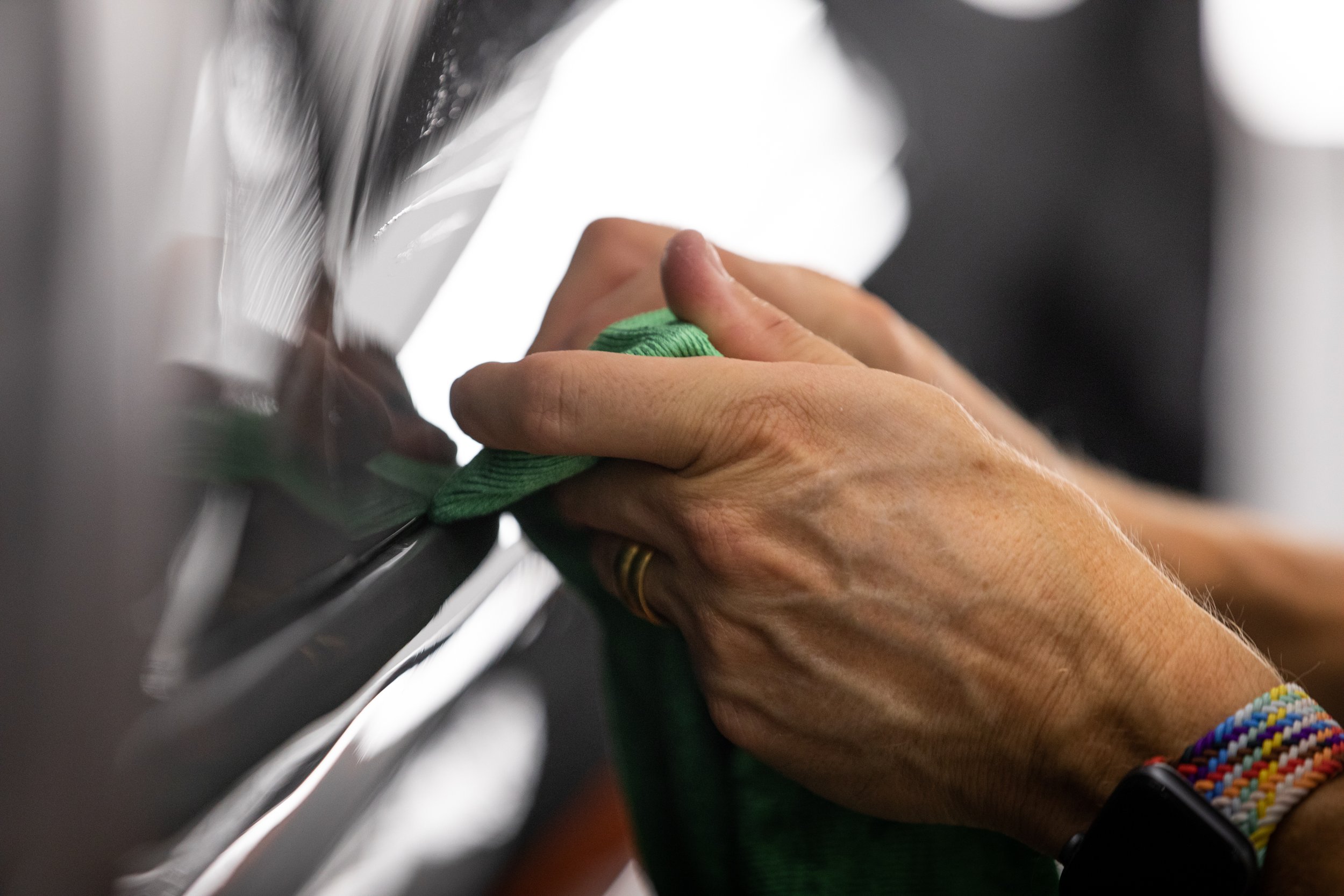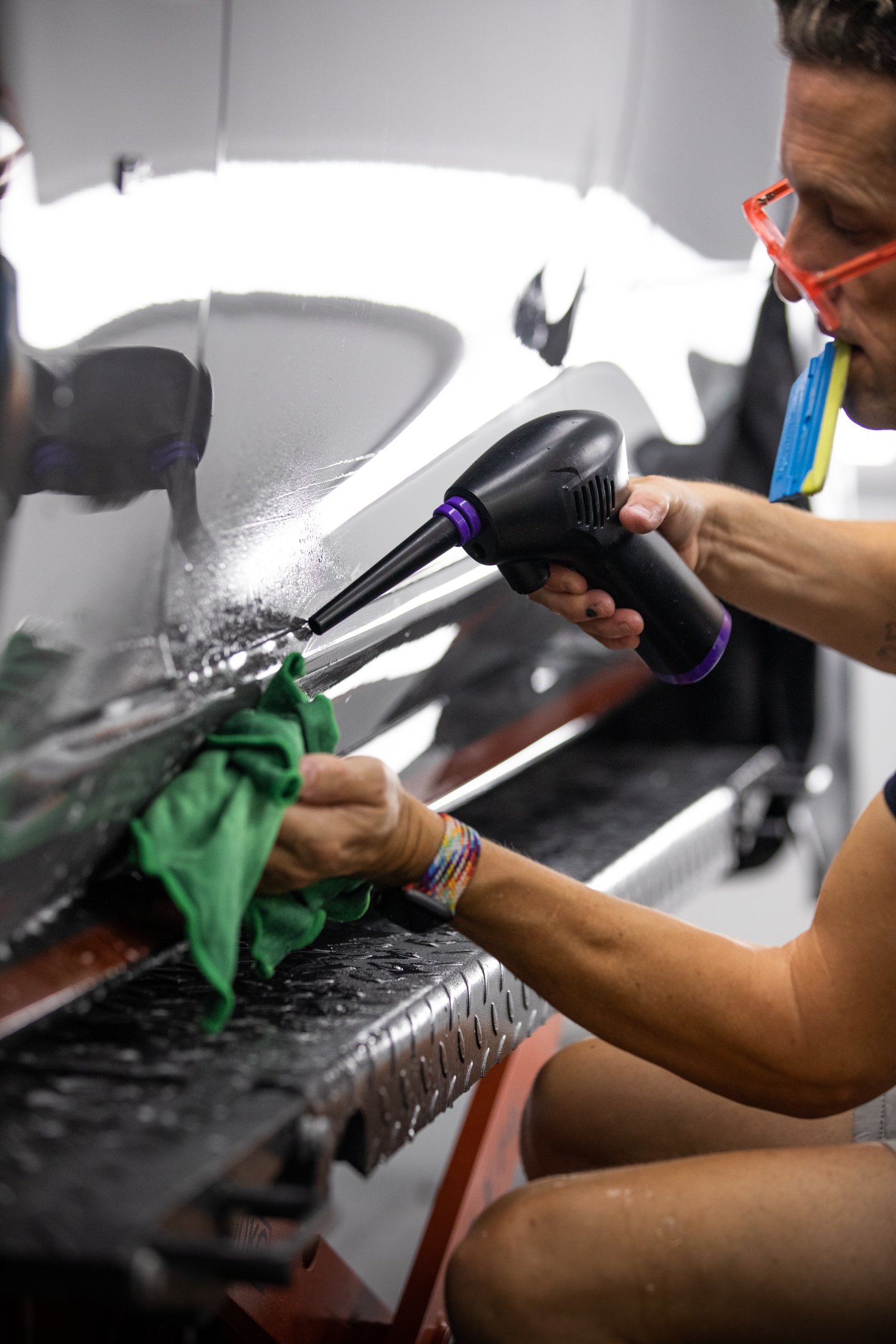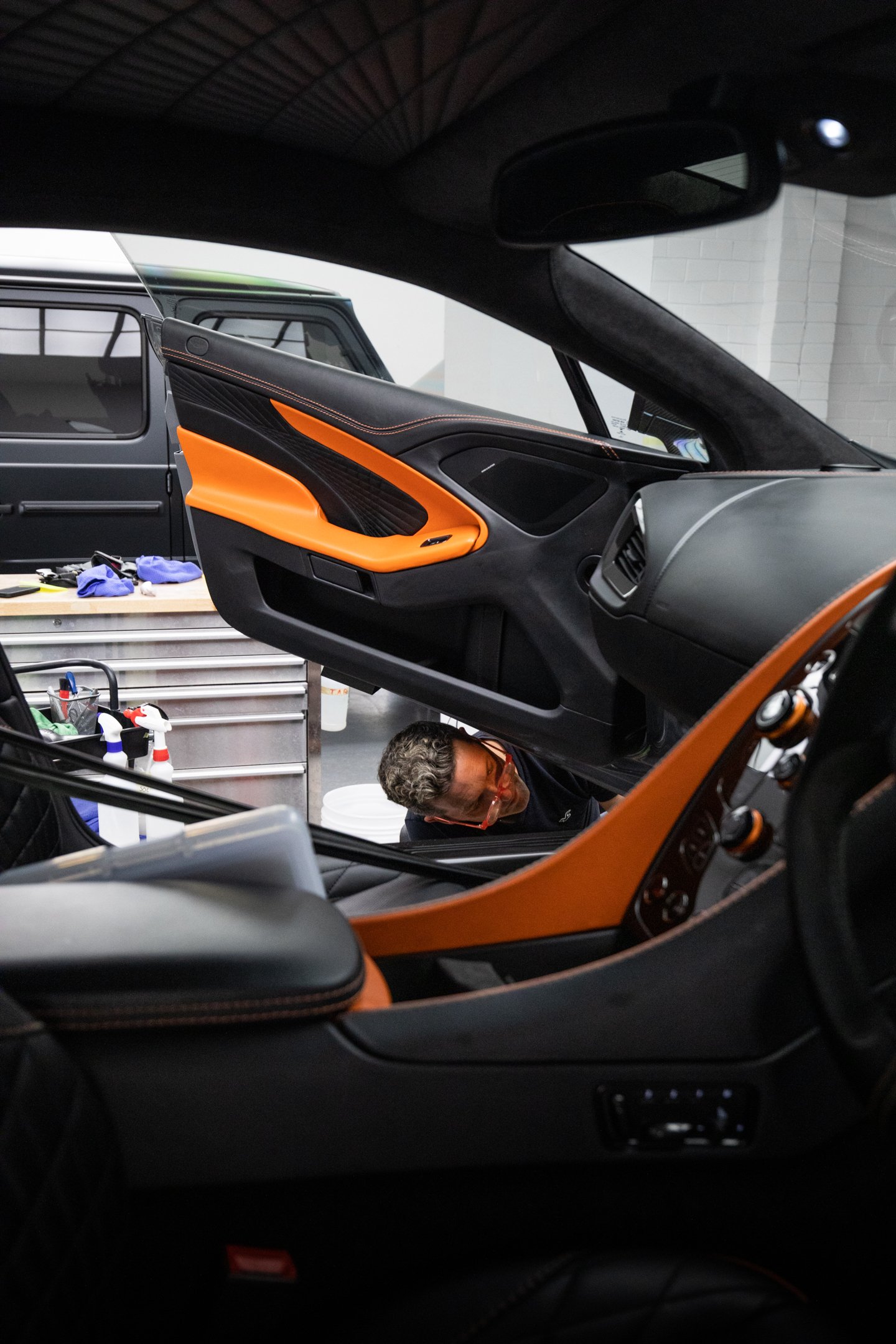DO NEW CARS NEED PAINT PROTECTION?
Paint protection is a common consideration when buying a new car. But keeping that new car in showroom condition is difficult, particularly in the harsh Australian climate.
One of the main questions for new car owners is, how do I retain the value of my new car? Unfortunately, the damage starts as soon as the car leaves the showroom as does the reduction in value. But paint protection will help maintain the value of a new car and make maintenance a whole lot easier.
What is car paint protection?
Paint protection is essentially an invisible coating that is applied over the car’s paintwork and serves as a protective layer. The idea is to shield the paint from damage that may come from stones, bird droppings and even fading. However, it won’t protect from bigger dents and scrapes. Not all car paint protection is created the same, and there are several different types on the market, which is why it is important to do your research.
Different types of paint protection
The two most common types of paint protection are paint protection film and ceramic paint protection. While the latter is newer to the market, both types have different strengths when it comes to usage.
Paint protection film – also referred to as clear bra, the paint protection film is a clear urethane film that is either applied to high-impact areas of your car, such as the front bumper, the bonnet, rocker panels, or to the whole car. The idea is to avoid any risk of stone chips and other objects damaging the paintwork. Brands such as the brand we use, XPEL offer ‘self-healing’ capabilities, which means light scratches will form back to clear and protect the paint beneath it.
Ceramic paint protection – also referred to as nano-coatings, ceramic paint protection requires more preparation than traditional waxes or sealants. A thin layer is applied to the car, which forms a chemical bond that can only be removed through abrasion. The ceramic coatings are resistant to UV rays and chemicals, as well as stone chips and other debris. For ceramic paint protection we use an recommend Gyeon Quartz coatings.
Do I really need paint protection?
When considering whether paint protection is right for you, it’s important to look at how you use your car:
· Do you have a garage?
· Will it be parked under trees?
· Will it live under cables that birds roost on?
· Are you driving it every day?
· What sort of roads are you driving over?
· How often does your car get polished?
Paint protection can help in all these areas and can be invaluable when it comes to the general upkeep of your car and keeping it in the best condition possible. There are so many benefits that come with getting paint protection for your car, which makes it something worth considering. These include:
· Protection against rock chips: these generally appear along the front of the car or in the wheel arch and are caused by driving over gravel and other small debris.
· Protection against bird droppings: it’s is an inevitable that you can’t avoid, which not only leaves your car looking messy but can cause permanent marks because if its acidity.
· Protection from UV rays: these can have a harsh effect on your car paint. It can cause it to oxidise or fade.
· Oxidation and corrosion resistant: bare metal can tend to oxidise; however, painted surfaces are less likely to.
· Low maintenance: one of the best parts about getting paint protection is that it is a great, low-maintenance way of keeping your car looking like new for longer.
· Increases your car’s resale value: when it comes to selling your car, the exterior is one of the areas that will be examined for any marks and scuffs and how the paint is looking. Any imperfections will bring down the cost of your car.
New Ferrari F8 fully protected in XPEL Paint Protection Film
What is the difference between ceramic paint protection and film paint protection?
While ceramic paint protection and film paint protection have many similarities, which are noted in the benefits above, they also serve different purposes, which is worth taking into consideration when choosing which one to go with.
Paint protection film is thicker than its counterpart and can ‘self-heal’, which means it can return to its original form after an abrasion. This means any rock chips, debris, water spots and other small scratches won’t cause any lasting damage to the car and will disappear.
The strength of the ceramic paint protection lies in its hydrophobic surface, which substantially prevents dust and water from attaching to the surface. Unlike other types of paint protection, ceramic paint protection also offers a permanent adhesion to the paint, which won’t come off with chemicals. It scores above 9H on the Pencil test scale, which is the highest level used in the coating industry. It also offers gloss and shine with little to no maintenance, helping your car remain as glossy and shiny as the day you bought it and reducing your need to polish.
Which one do I go with?
In an ideal world, you can use both ceramic paint protection and paint protection film for maximum protection. You can install the paint protection film over the areas that are more prone to rock chip damage and then add a ceramic coating over the top. While it may seem extreme, this will give you the best of both worlds and keep your car in the best condition possible in the long run. Enquire below!


